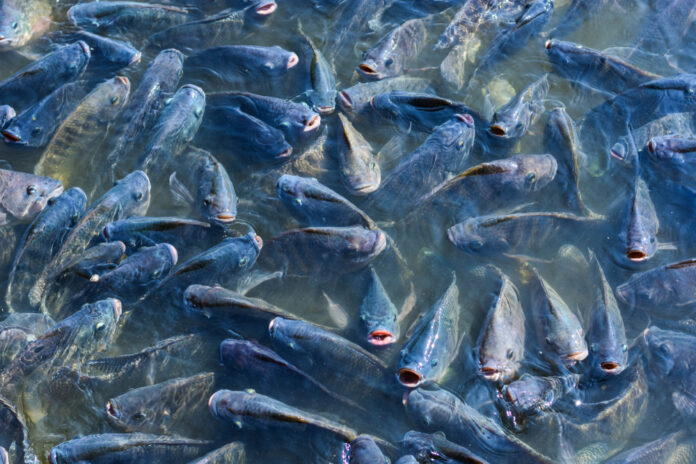Alsons Aquaculture Corp. (AAC) is expanding hatchery facilities at its 193-hectare tilapia farm in Alabel, Sarangani Province, based on documents submitted to the Environmental Management Bureau (EMB).
The project is estimated cost P200 million and will widen the company’s existing operations in the province and add up to 5,000 tons of fish produce each year.
AAC currently produces 1 billion fish fry each year or 30 percent of the annual national requirement as it breeds 12,000 spawners of various ages in the farm.
The expansion, the company said, allows it to cater to the growing local market demand as well as to continue exporting milkfish and other seafood products to overseas markets, including the United States, Canada, Guam, Australia, China and the Middle East.
The project seeks government approval as the expansion “can substantially influence water resources and aggravate competition for water usage,” noting that like many other rivers, the Buayan river where the project will source its water needs “is vulnerable to water depletion and competition for water resources.”
The AAC utilizing the Buayan river might increase the demand for water resources in the area, especially during the dry season when the water supply is restricted. The project may necessitate diverting river water to the aquaculture plant, which may influence the river’s water balance, resulting in lower water availability downstream.
Additionally, increased water demand may affect other water users in the region, such as farmers or residential homes, resulting in competition for water supplies.
The company projects extracting some 18,200 cubic meters of water from the Buayan River and 24,500 cubic meters from Sarangani Bay daily.
The AAC said the project will be pursued in three phases over three years with pre-construction period taking nine months and actual construction of only six months.
Upon completion, the project will include 34 grow-out ponds, 17 sabalo ponds, 20 larval ponds, 14 algae ponds and 13 rotifer ponds.







